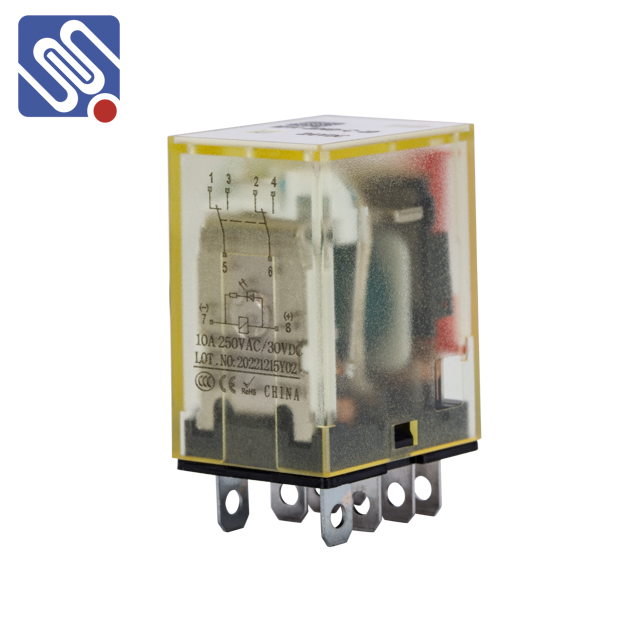understanding general-purpose relays and the role of meishuo in innovation
Release time:2025-03-21 14:04:04
A general-purpose relay is an essential component in various electrical and electronic systems. Known for its versatility, a general-purpose relay is used to control circuits and devices by switching electrical signals in response to input control. Its primary function is to act as an electrically operated switch that allows low-voltage control signals to manage high-voltage circuits without direct electrical contact. These relays are widely utilized across industries, from home appliances and automotive systems to industrial automation and telecommunications.

What is a General-Purpose Relay?
At its core, a general-purpose relay consists of a coil, contacts, and an armature. When an electrical current flows through the coil, it generates a magnetic field that pulls or pushes the armature, thereby opening or closing the relay's contacts. This action either completes or breaks a circuit, thus controlling the flow of electricity. The versatility of general-purpose relays lies in their ability to handle a variety of voltages and currents, making them suitable for diverse applications.
Relays are typically classified based on their function, the type of contacts they have, and their physical design. For example, a SPDT (Single Pole Double Throw) relay has one common terminal and two output terminals, allowing it to switch between two different paths for the current. Alternatively, a DPDT (Double Pole Double Throw) relay has two common terminals and four output terminals, enabling it to control two separate circuits simultaneously. The size and configuration of these relays also vary, depending on the specific needs of the application.

